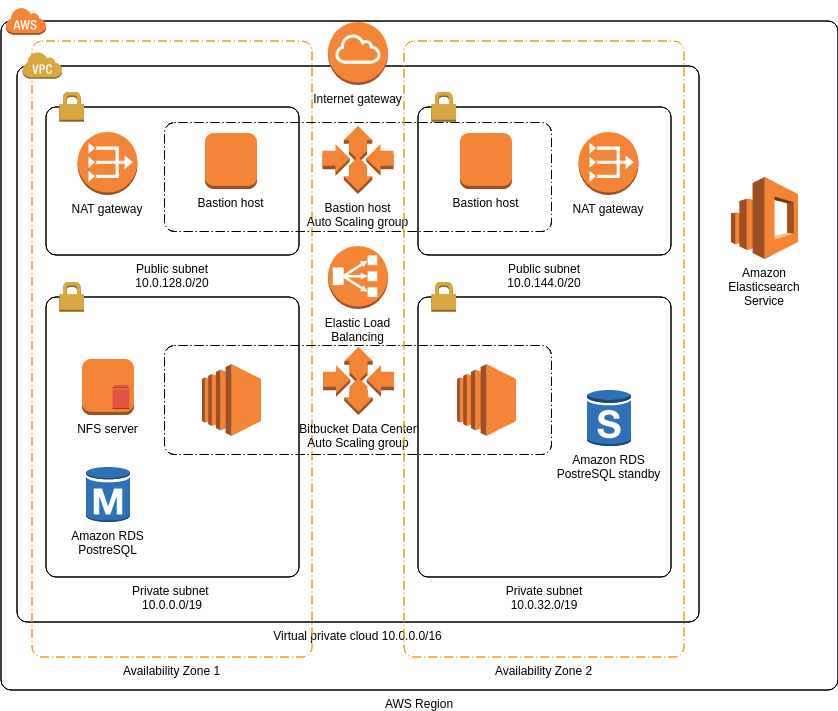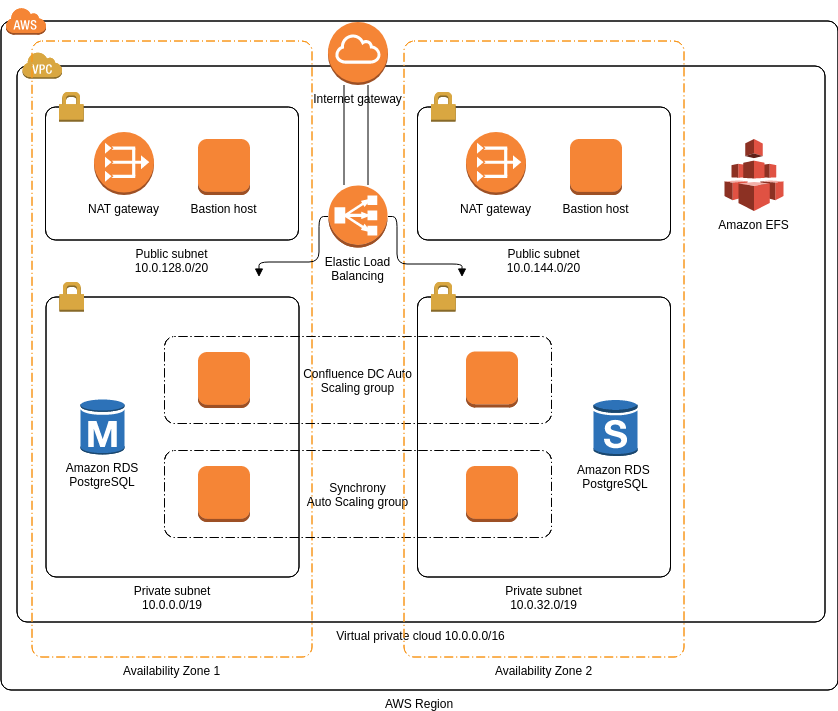

To deploy Terraform Enterprise in AWS you will need to create new or use existing Target Group (if using Application or Network Load Balancer).


To familiarize yourself with the application components and architecture.įurther, read the reliability and availabilityĪs a primer to understanding the recommendations in this referenceĪrchitecture. Prior to making hardware sizing and architectural decisions, read through the Since the architectures of the modes progresses logically, this guide will present the base Standalone mode first and then discuss the differences that alter the implementation into the Active/Active mode.


 0 kommentar(er)
0 kommentar(er)
